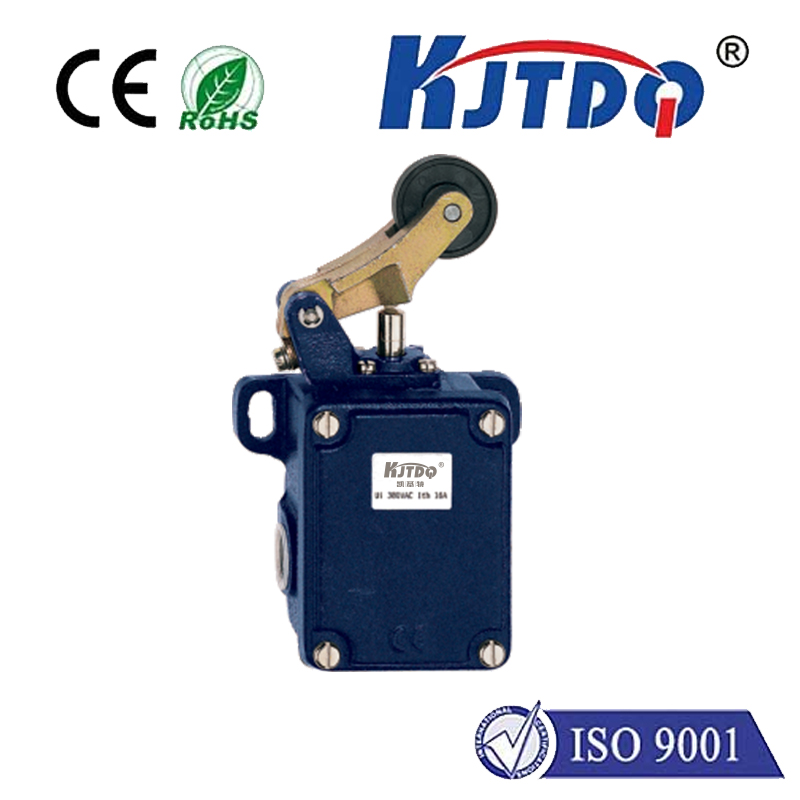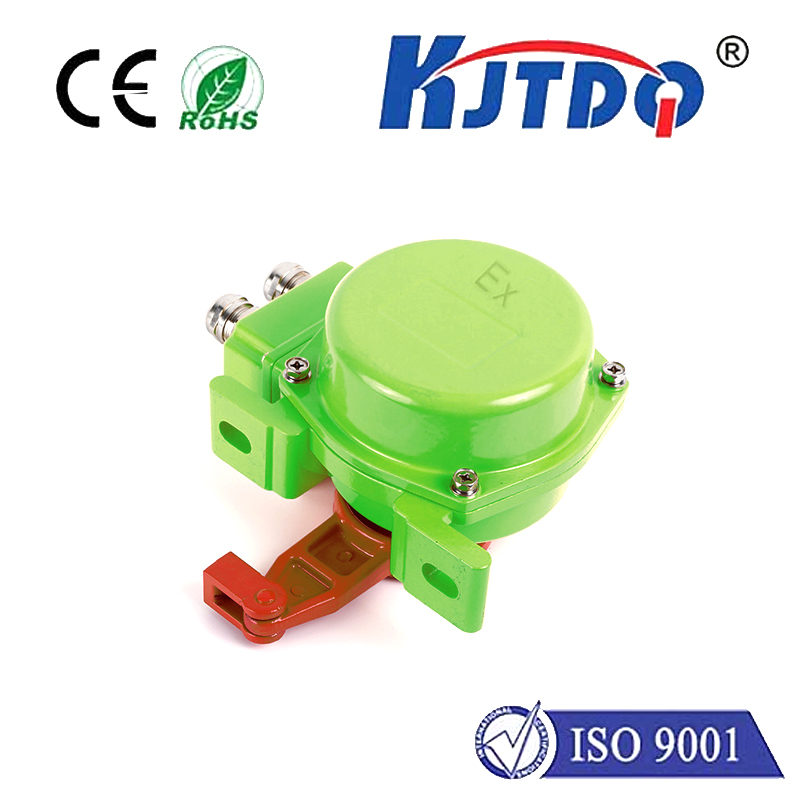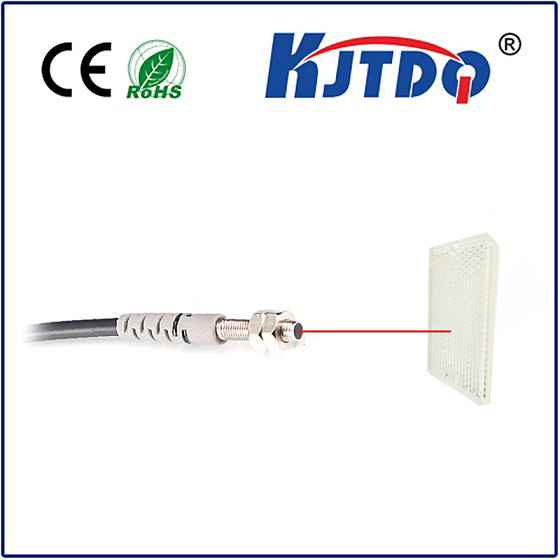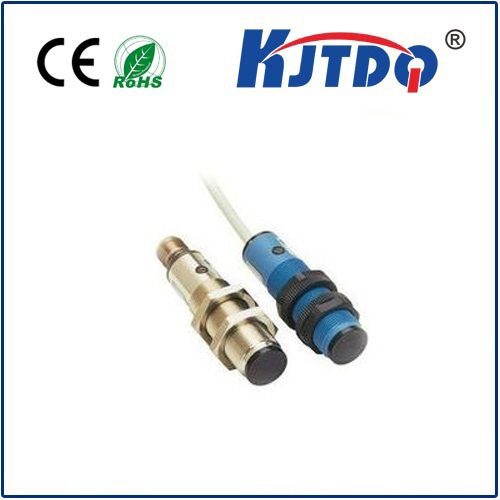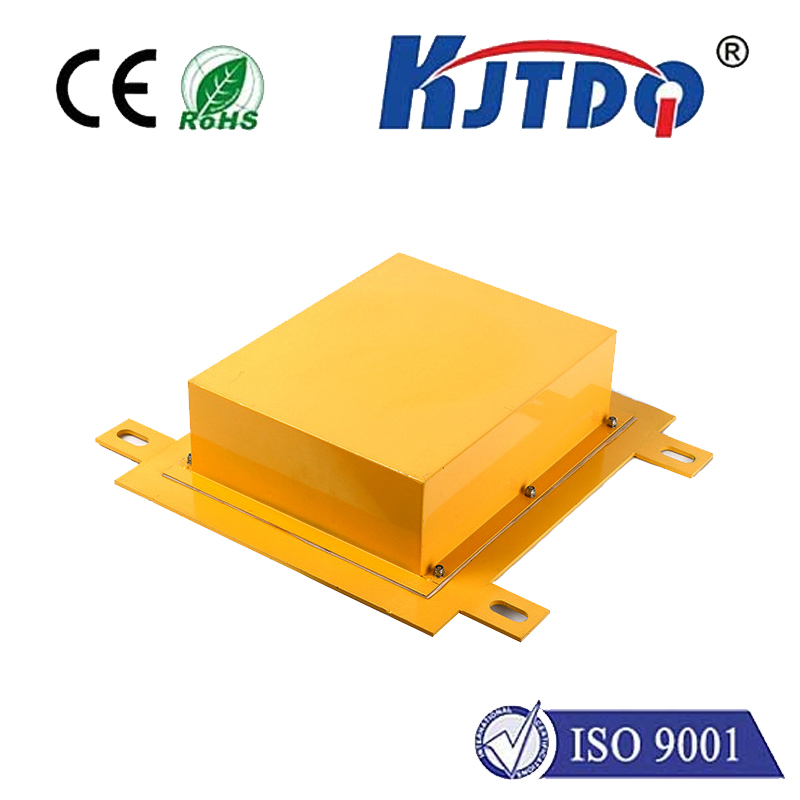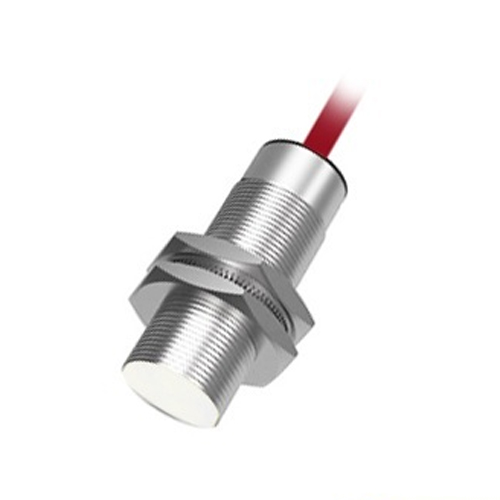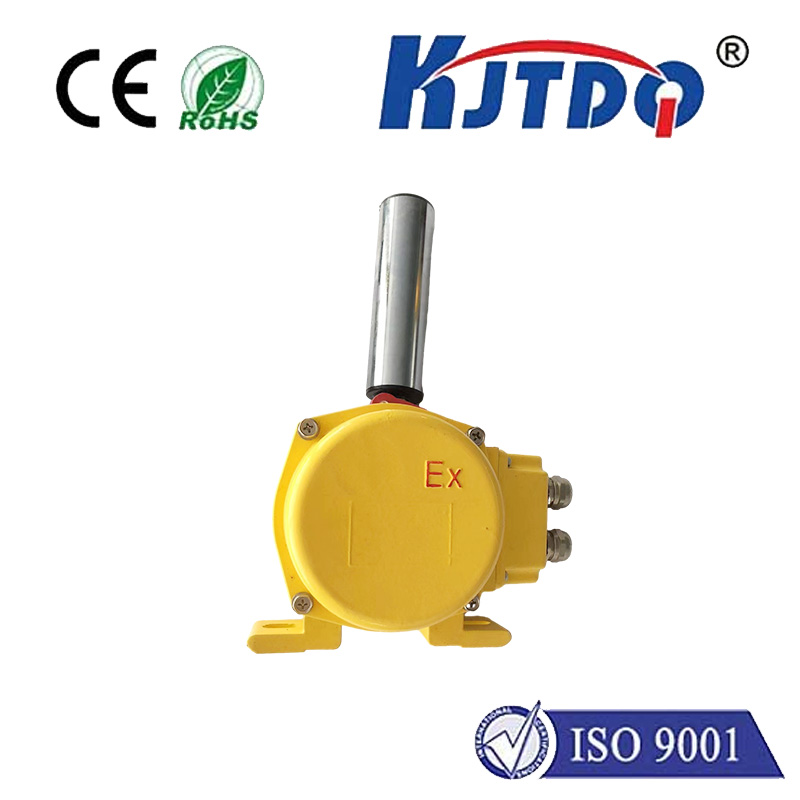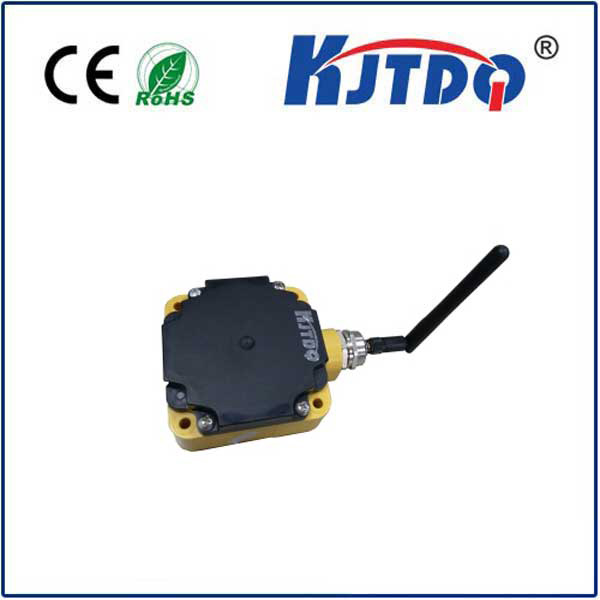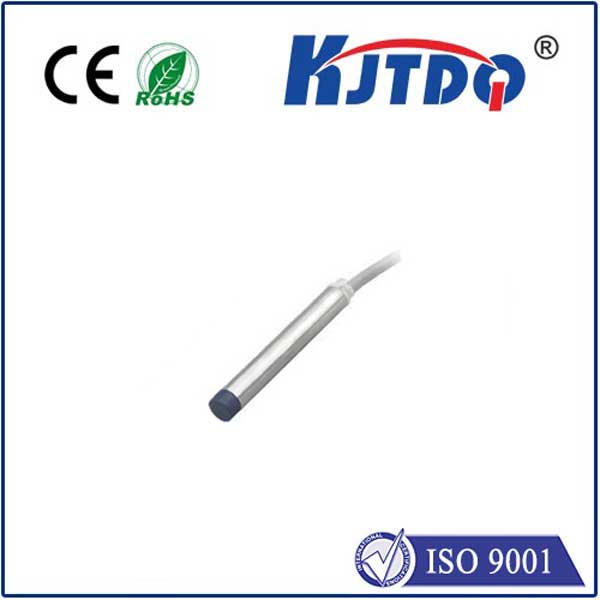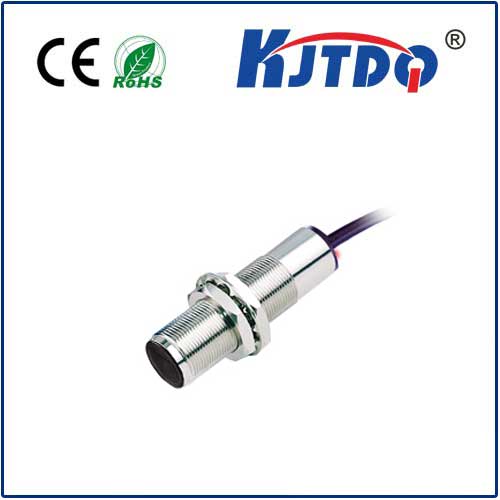prox sensor
- time:2025-07-01 11:45:51
- Click:0
Proximity Sensors: The Unseen Guardians of Industrial Automation
Imagine a sleek robotic arm performing intricate assembly with uncanny precision, flawlessly placing components mere millimeters apart. Or picture high-speed packaging machinery sealing products without a single jam. The magic enabling these feats, and countless others across industries, often lies in small, unassuming components: proximity sensors, or “prox sensors.” These remarkable devices are the silent sentinels of modern automation, providing essential detection without physical contact, ensuring efficiency, safety, and reliability in the most demanding environments.
What Exactly is a Prox Sensor?
At its core, a proximity sensor is a non-contact electronic device designed to detect the presence or absence of an object within a specific range. Unlike limit switches requiring physical touch, proximity sensors sense targets electromagnetically, ultrasonically, or optically. This fundamental contactless operation is their key superpower, translating into significant advantages like minimal wear, long operational life, resistance to vibration, and suitability for detecting a vast array of materials – from metals to plastics and even liquids in specific configurations. Common types include:
- Inductive Proximity Sensors: Primarily detect metallic objects using an electromagnetic field. Ideal for harsh industrial settings.
- Capacitive Proximity Sensors: Detect both metallic and non-metallic objects (plastic, wood, liquids) by sensing changes in capacitance. Useful for level detection or packaging.
- Ultrasonic Proximity Sensors: Use high-frequency sound waves to detect objects and measure distance. Work well in dusty or dirty environments.
- Photoelectric Sensors (Optical Prox): Utilize light beams (visible, infrared, laser) to detect presence, absence, or distance of objects. Versatile for diverse applications.
Why Proximity Sensors are Industrial Workhorses

The adoption of proximity sensors across manufacturing, automotive, food and beverage, pharmaceuticals, and beyond isn’t coincidental. They deliver tangible, critical benefits:
- Enhanced Reliability & Longevity: With no moving parts to wear out (especially inductive types), proximity sensors boast incredibly long lifespans, minimizing downtime and maintenance costs. Their sealed designs often provide excellent resistance to dust, moisture, oils, and chemicals.
- High-Speed Operation: Capable of detecting objects at extremely rapid cycle times, far exceeding mechanical switches. This makes them indispensable in high-speed production lines and packaging machinery.
- Precision Object Detection: They offer consistent, repeatable detection at precise distances, crucial for positioning, counting, and quality control applications where accuracy is paramount.
- Robustness in Harsh Environments: Engineered to withstand vibration, shock, extreme temperatures, and exposure to industrial contaminants, proximity sensors thrive where other sensing methods might fail.
- Safety & Damage Prevention: Non-contact sensing prevents physical damage to both the sensor and the target object. They are also vital components in safety systems, detecting machine guards or personnel in restricted zones.
Key Applications Driving Demand
The versatility of proximity sensors means they appear in countless scenarios:
- Position Verification: Confirming the presence of a part on a conveyor, in a fixture, or at the end of a cylinder stroke.
- Object Counting: Accurately tallying products, bottles, or components moving past a point on a line.
- End-of-Travel Detection: Safely signaling when a moving part (like a robotic arm or elevator) reaches its limit.
- Speed Monitoring/Sensing: Detecting gear teeth, encoder flags, or rotor blades to determine rotational speed.
- Level Detection: Capacitive sensors monitoring fluid levels in tanks or detecting material levels in silos and hoppers.
- Machine Safety: Integrating into safety circuits to ensure guards are closed or personnel are clear before machine operation.
Choosing the Right Prox Sensor: Factors to Consider
Selecting the optimal inductive proximity sensor, capacitive proximity sensor, or other type requires careful evaluation:
- Target Material: Is it metal? Non-metal? Ferrous or non-ferrous? This dictates the technology (inductive, capacitive, ultrasonic, optical).
- Required Sensing Distance (Range): Different sensors offer varying nominal sensing ranges (Sn); ensure it fits the application geometry.
- Operating Environment: Consider temperature extremes, presence of chemicals, oils, dust, moisture, or potential for washdowns. Look for appropriate IP (Ingress Protection) ratings (e.g., IP67, IP69K).
- Output Type: NPN or PNP? Normally Open (NO) or Normally Closed (NC)? Ensure compatibility with the control system (PLC input).
- Physical Size & Mounting: Space constraints and available mounting options (flush, non-flush, threaded barrel, rectangular) are critical.
- Electrical Requirements: Voltage supply (typically 10-30V DC) and current consumption must match the system.
- Response Time/Frequency: How quickly does the sensor need to react in a high-speed application?
Investing in Efficiency and Reliability
More than just components, proximity sensors are fundamental building blocks of modern automation. Their ability to provide reliable, non-contact detection translates directly into smoother operations, reduced maintenance costs, higher product quality, improved safety, and ultimately, a stronger bottom line. As industrial processes demand ever greater speed, precision, and resilience, the role of these “unseen guardians” becomes increasingly vital. Understanding their capabilities and choosing the right sensor for the job is an investment in operational excellence. Whether it’s the robust inductive sensor on a CNC machine, the versatile capacitive sensor monitoring liquid levels, or the fast photoelectric sensor counting packages, proximity sensors quietly ensure the wheels of industry keep turning efficiently.






